Table of Contents
Digital art has transcended the realm of niche hobby and emerged as a powerful force reshaping the art world. Artists are increasingly embracing digital tools to create innovative and thought-provoking works that push the boundaries of traditional art forms. In tandem with this artistic revolution, Non-Fungible Tokens (NFTs) have emerged as a game-changer, providing a unique way to authenticate, own, and trade digital art, gaining popularity among the mainstream art scene as demonstrated in art events like Art Dubai and Singapore Art. For those of you who are not aware of digital fine art, we understand. It’s not something that’s talked about much in every echelon of society. But that’s not only what this blog brings to you today. We’re here to take you to the next level of how digital fine arts and NFTs are merging in the landscape of futuristic art.
What is Digital Fine Art?
Fine art refers to visual and auditory art forms that emphasize creativity, skill, and emotional impact. Traditionally, mediums like canvas, wood, and paper, among many others, have been used to explore the visual arts. When the world began to become digitized in almost every aspect, fine arts started to move in the same direction.
Today, digital art encompasses a wide spectrum of artistic creations using tools and software driven by technology. From digital brushes to virtual canvases, paintings, and illustrations, outstanding visuals have been created. The ability to merge the artist’s imagination with technology has paved the way to a realm that demands further exploration.
But what role does NFT play here, and why is it proving essential in the art world?
Here’s what you need to know about the Impact of Blockchain on the Art Market
NFTs, or Non-Fungible Tokens, are commonly used to signify ownership of digital art. This also includes other forms of media like digital collectibles, gaming items, music, utility tokens, etc. So, let’s look at how blockchain is likely to impact artistic creations on the digital front.
- Reliable way to buy and sell digital art: Artists and collectors are relying on NFTs to buy and sell digital fine art. Their authentic cryptographic nature provides a secure and verifiable guarantee of ownership, which has led to an increase in digital artwork sales at auctions.
- Enhanced artistic control: Blockchain provides the means for art authentication, royalty distribution, and provenance tracking. This means it has the potential to empower artists, giving them better control over their artwork.
- Access to digital fine art is democratised: NFTs allow fractional ownership where individuals can invest in and own parts of artworks.
- A continued flow of revenue: With NFTs, artists get automatic royalties on every sale of their artwork. This provides them with a continuous flow of revenue beyond the initial sale.
- Limitless possibilities: The artists can create and delve into the layers of conceptual thought by manipulating the image as well as challenging the rigidity of traditional canvas.
While digital fine arts are catching speed and looking as promising as ever, they stand to open new horizons. While it would be unfair to replace the medium rather than coexist, NFT’s expand and enrich the world of art with a harmonious blend of creativity and technology.
While digital fine arts are gaining momentum and looking as promising as ever, they stand to open new horizons. While it is too soon to predict the future developments of traditional mediums, NFTs can coexist and enrich the world of art with a harmonious blend of creativity and technology.
Featured image courtesy: Suraj Kumar Kashi, Lady Riding Horse

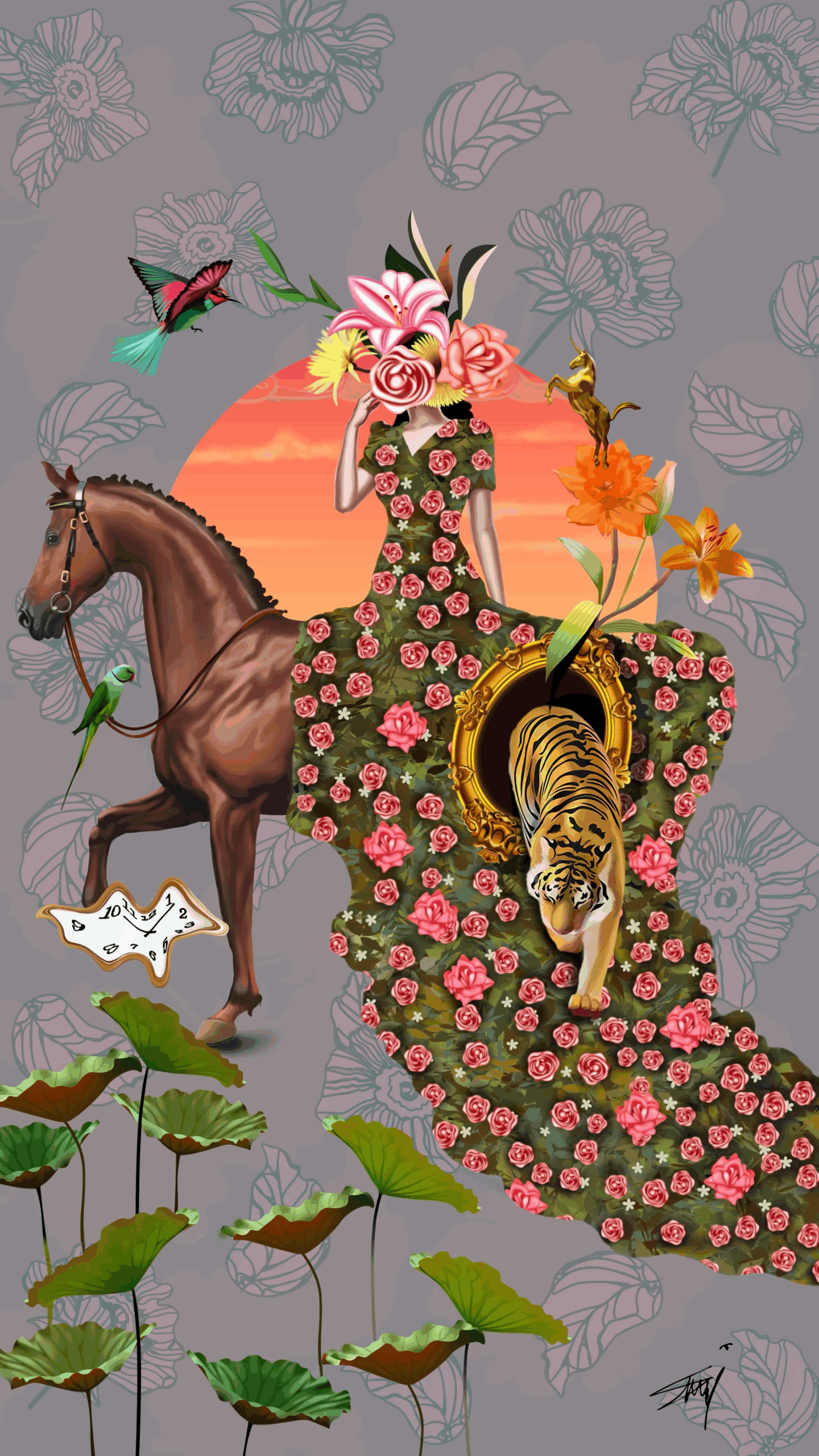

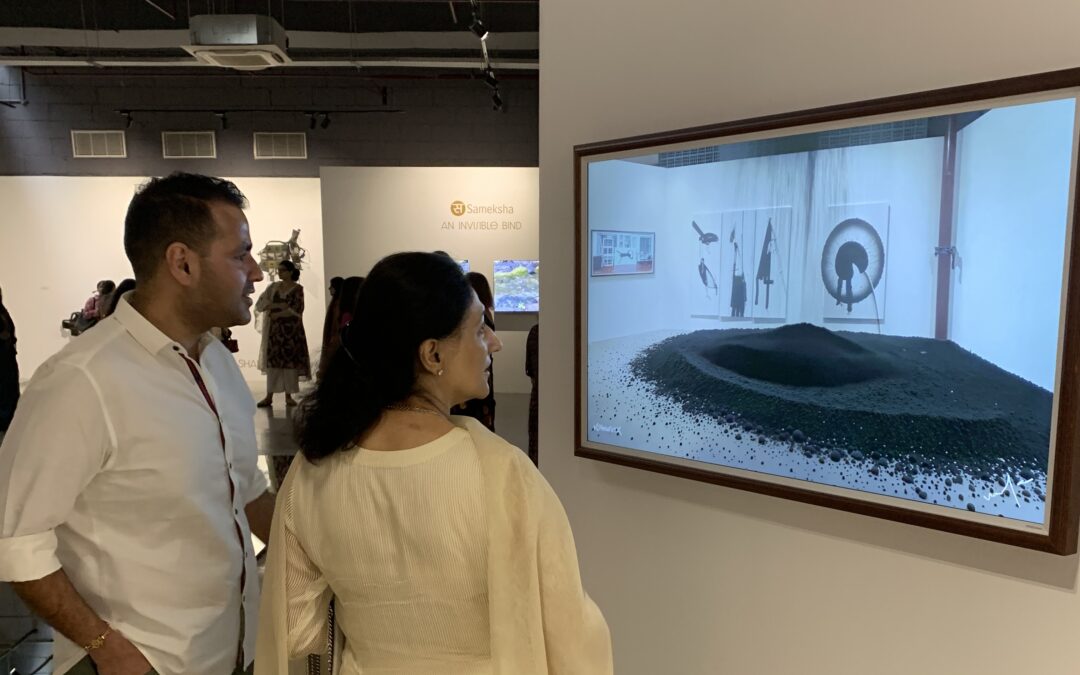
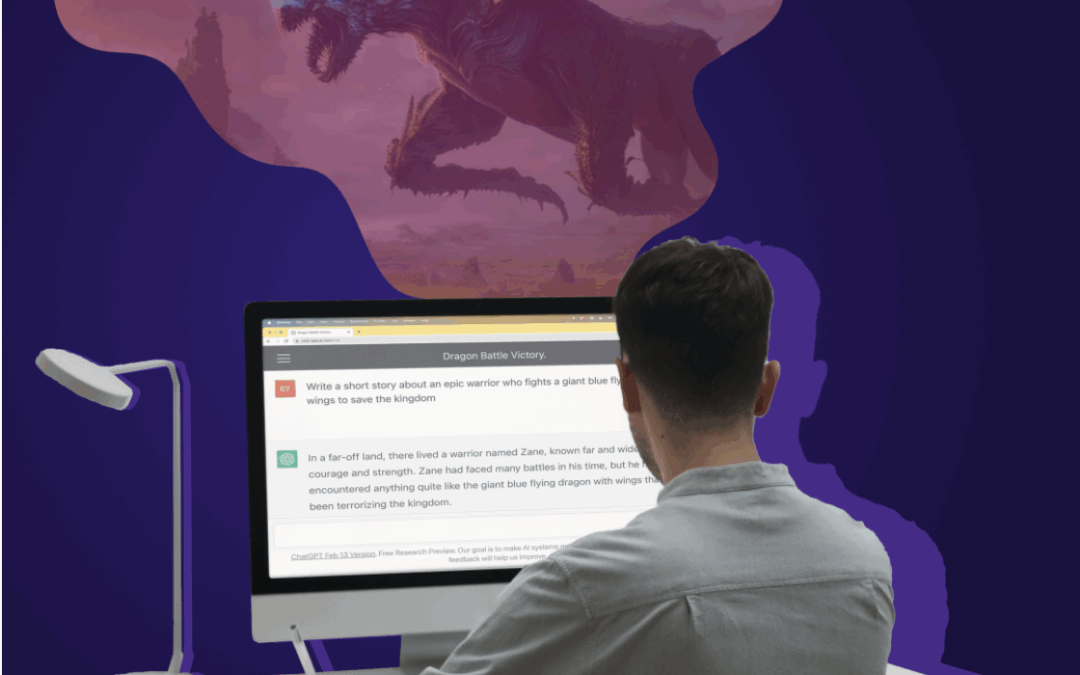
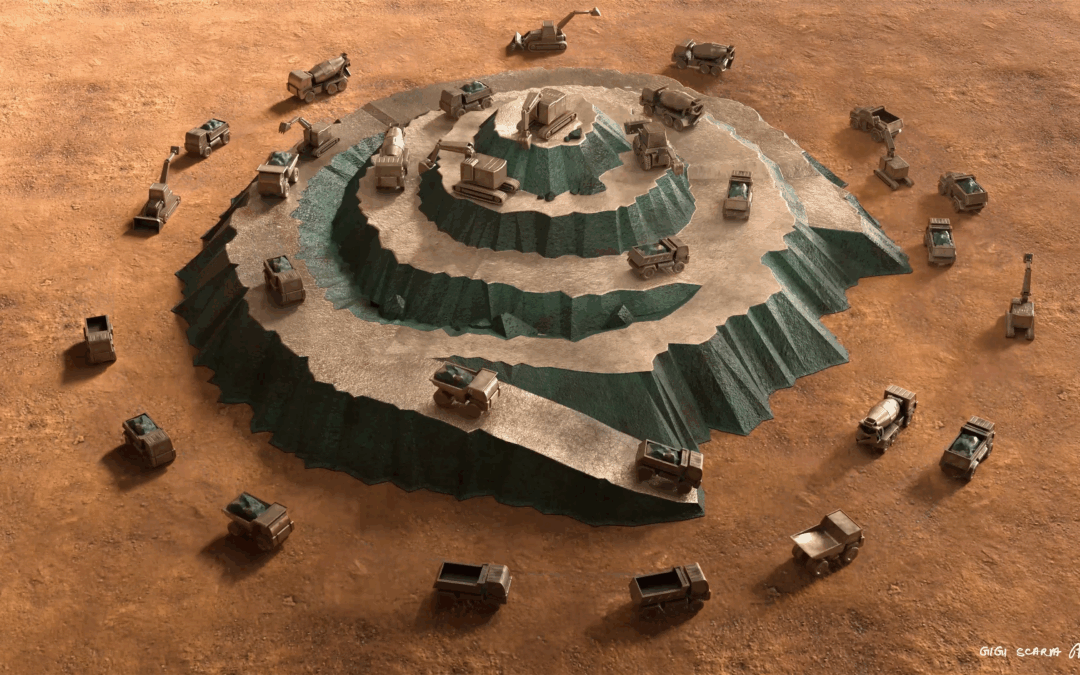
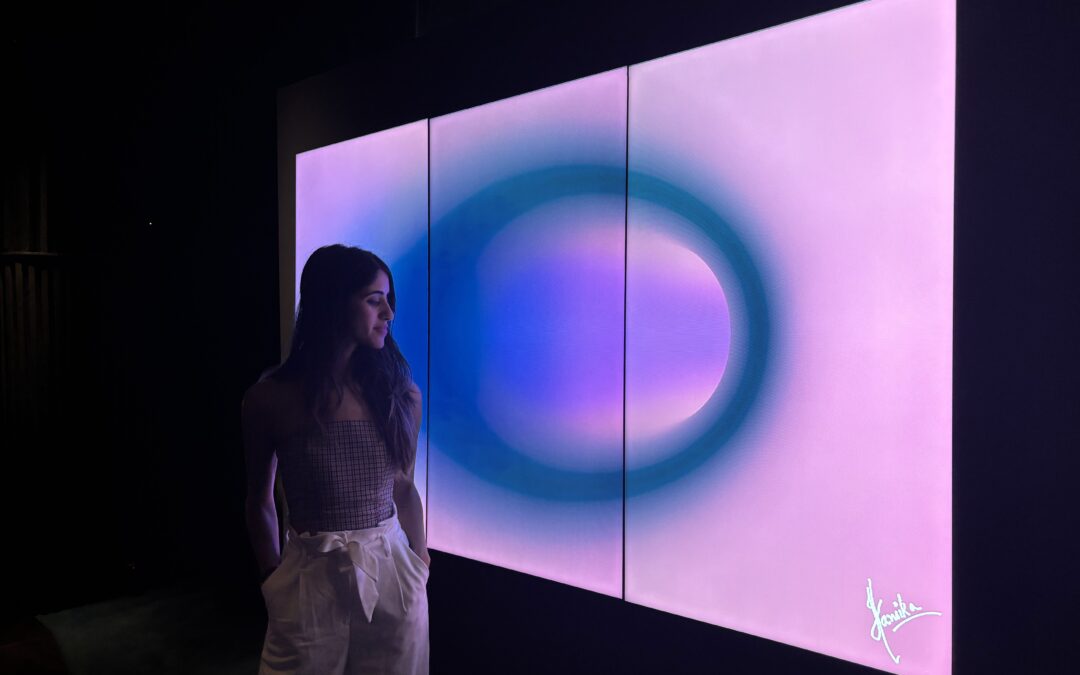
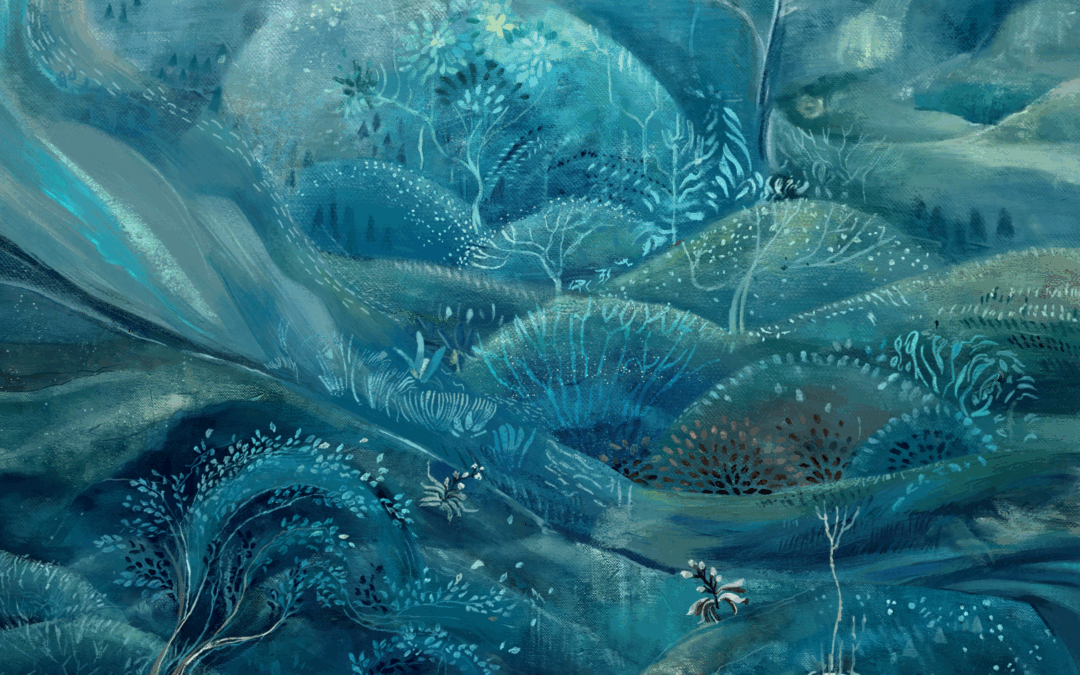
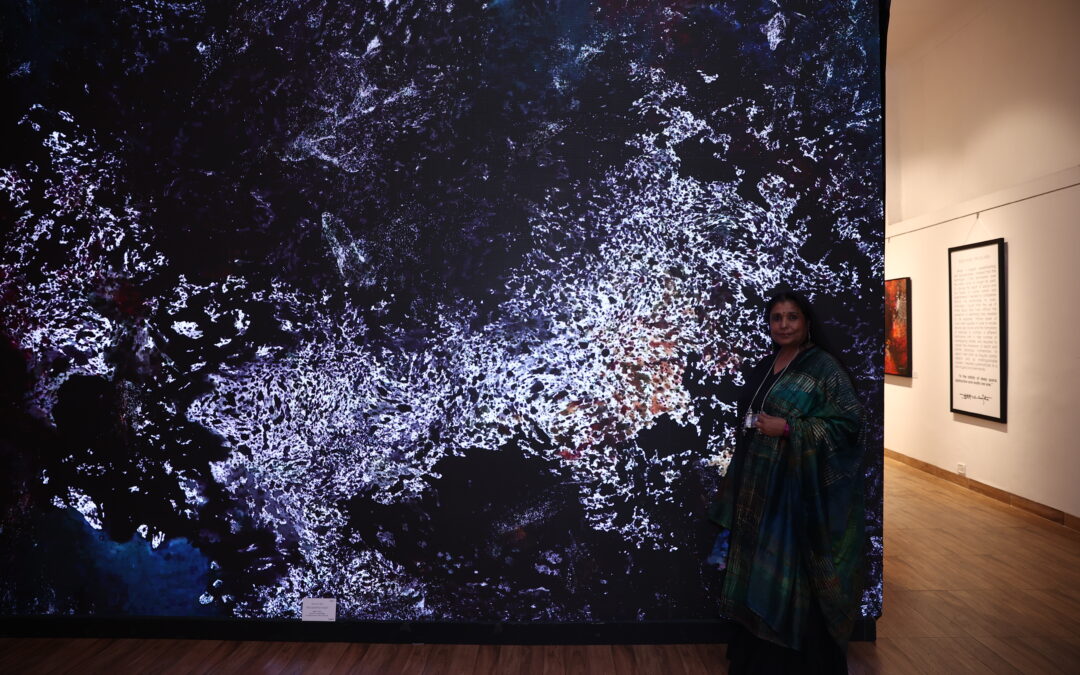
This blog beautifully captures the evolution of digital fine art and the transformative role of NFTs. It’s insightful, well-articulated, and bridges tradition with technology. A great read for anyone curious about how creativity and blockchain are reshaping the art world. Looking forward to exploring more on this fascinating topic!